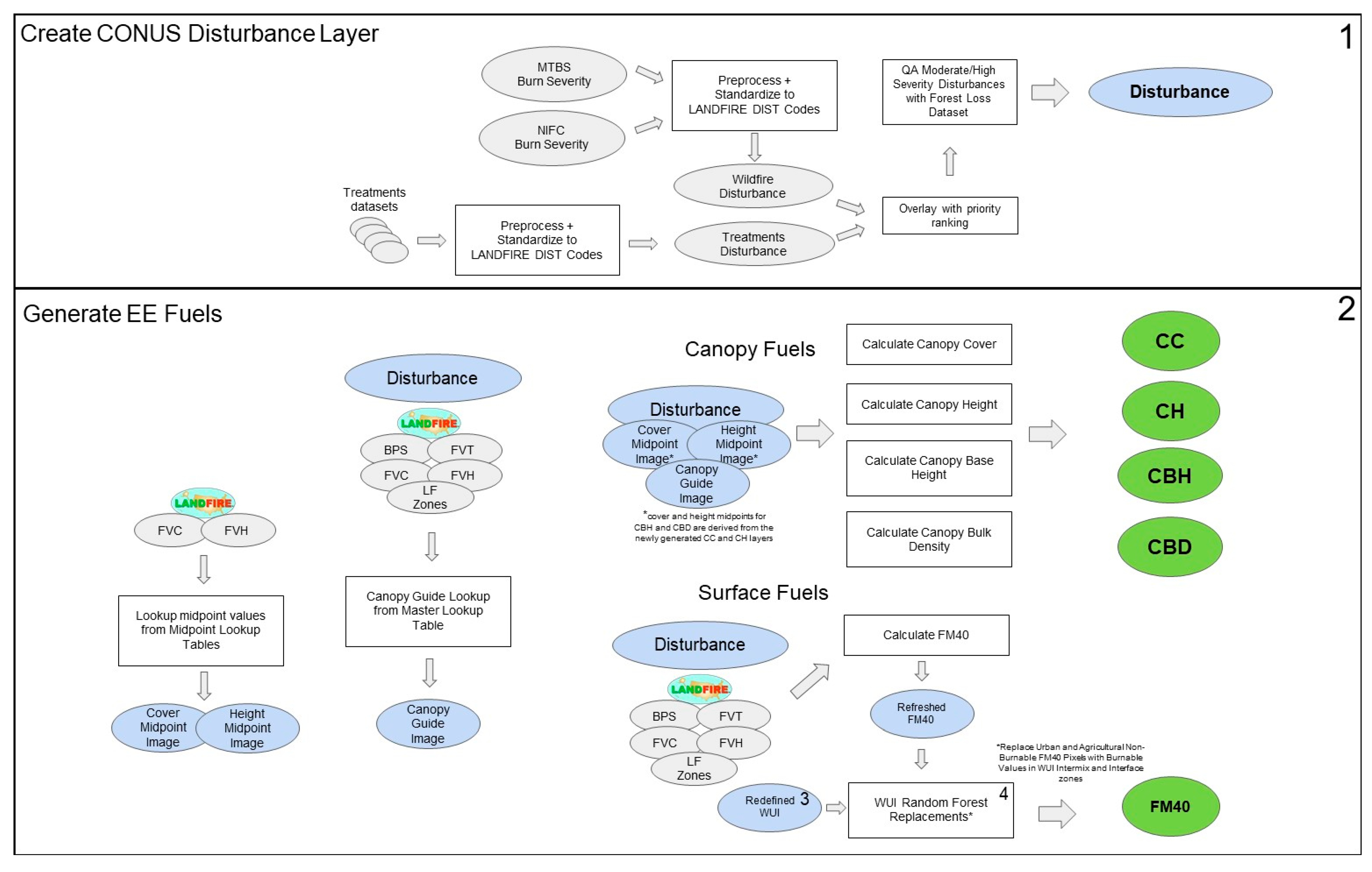Section 1250 Real Property - Section 1250 of the United States Internal Revenue Code is a rule that states that the IRS will tax the gain from the sale of depreciating real estate as ordinary income if the accumulated depreciation exceeds the depreciation calculated using the straight-line method.
Section 1250 bases the tax amount on the type of property—whether it is residential or nonresidential property—taking into account the number of months the filer owned the property in question.
Section 1250 Real Property

Section 1250 addresses the taxation of gains from the sale of depreciable real property, such as commercial buildings, warehouses, warehouses, rental properties, and structural components thereof at the normal tax rate. However, tangible and intangible personal property and land areas are not covered under this tax rule.
Home Sale Exclusion: Tax Savings On Capital Gain Of A Principal Residence
Section 1250 applies primarily when a company depreciates its real estate using the accelerated depreciation method, which results in a greater reduction in the initial life of the real estate than the straight-line method. Section 1250 states that if real property is sold for a purchase price that produces a taxable gain, and the owner depreciates the property using the accelerated depreciation method, the IRS taxes the difference between actual depreciation and straight-line depreciation as ordinary income.
Because the IRS mandates that owners depreciate all post-1986 real estate using the straight-line method, treatment of gains as ordinary income under Section 1250 is a relatively rare occurrence. If the owner disposes of the property as a gift transferred at death, sells it as part of an in-kind exchange, or disposes of it through another method, there is no potential taxable gain.
To see a real example of Section 1250 in action, imagine an investor purchases an $800,000 real estate asset with a useful life of 40 years. After five years, using the accelerated depreciation method, this investor claims accumulated depreciation expense in the amount of $120,000, resulting in a cost basis of $680,000.
Let's further assume that this investor unloads the property for $750,000, resulting in a gross taxable gain of $70,000. Since the amount of accumulated straight-line depreciation is $100,000 ($800,000 initial value, divided by 40 years, multiplied by five years of use), the Internal Revenue Service must tax the actual $20,000. As with ordinary income, depreciation exceeds straight-line depreciation. The IRS will tax the remaining $50,000 of gross profit at the next capital gains tax rate.
Irs Schedule D Instructions
Under section 1250, recapture of gain as ordinary income is limited to actual gain recorded from the sale of real property. In our example, if the investor unloaded the property for $690,000, thereby generating a profit of $10,000, the Internal Revenue Service would classify only $10,000 as ordinary income, not the additional $20,000.
The offers in this table are from partnerships for which compensation is received. This compensation may affect how and where listings are displayed. Excludes all offers available in the market.
By clicking "Accept All Cookies", you agree to store cookies on your device to improve site navigation, analyze site usage and assist our marketing efforts. Section 1250 unrecognized gain is an Internal Revenue Service (IRS) tax provision in which recognized depreciation is taken back into income when a gain is realized from the sale of real estate property that was previously depreciable. While the gain associated with the accumulated depreciation is taxed at the Section 1250 recapture tax rate, any remaining gain is subject to the long-term capital gains rate of only 15%. Section 1250 Gains Not Recaptured Can Be Offset by Capital Losses Section 1250 gains are recaptured on the sale of depreciated real estate, just like any other property; The only difference is the tax rate charged. Section 1250 unrecaptured gain is an Internal Revenue Service (IRS) tax provision where previously recognized depreciation is recaptured into income when a gain is realized from the sale of depreciable real estate. Although section 1250 windfalls are considered capital gains, they can be offset by capital losses.
:max_bytes(150000):strip_icc()/man-working-in-computer-1135595001-31f457ad7db84839938774cea99939e0.jpg)
Section 1250 unrecaptured gain is an Internal Revenue Service (IRS) tax provision where previously recognized depreciation is recaptured into income when a gain is realized from the sale of depreciable real estate. Unearned section 1250 gains are taxed at a maximum tax rate of 25%, or in some cases lower, in 2019. Unrecaptured section 1250 gains are calculated on the worksheet in Schedule D instructions, and they are reported on Schedule D and run. 1040 taxpayers.
Real Estate Kpi Dashboard Excel Template
Section 1231 assets include all depreciable capital assets held by the taxpayer for more than one year. Section 1231 is an umbrella for assets covered in Section 1245 and Section 1250, and the latter determines the recaptured depreciation tax rate. Section 1250 deals only with real property, such as buildings and land. Personal property, such as machinery and equipment, subject to depreciation is recaptured as ordinary income under section 1245.
Unrealized section 1250 benefits are only realized when there is a net section 1231 benefit. In principle, capital losses on all depreciable assets offset unrealized Section 1250 gains on real estate. Therefore, the total capital loss reduces the overall unadjusted section 1250 gain to zero.
Section 1250 gains are recaptured on the sale of depreciated property, like any other property; The only difference is the tax rate charged. The justification for the interest is to offset the previously applied depreciation allowance interest. While the gain associated with the accumulated depreciation is taxed at the Section 1250 recapture tax rate, any remaining gain is subject to the long-term capital gains rate of only 15%.
If the asset was originally purchased for $150,000, and the owner claims depreciation of $30,000, the adjusted cost basis for the asset is assumed to be $120,000. If the property is later sold for $185,000, the owner recognizes a gross gain of $65,000 on the adjusted cost basis. Because the property was sold for more than the adjusted basis for depreciation, the unrealized section 1250 gain is based on the difference between the adjusted cost basis and the original purchase price.
Best Real Estate Landing Page Template Downloads For 2022
This makes the first $30,000 of gain subject to unchanged section 1250 gain, while the remaining $35,000 is taxed at ordinary long-term capital gain. With the decision, $30,000 will be subject to a higher capital gains tax rate of up to 25%. The remaining $35,000 will be taxed at the long-term capital gains rate of 15%.
Although section 1250 windfalls are considered capital gains, they can be offset by capital losses. To do so, the capital loss must be reported via Form 8949 and Schedule D, and the value of the loss may vary if it is determined to be short-term or long-term. For capital losses to offset capital gains, they must be determined for both the short term or the long term. Short-term losses cannot compensate for long-term gains and vice versa.
The adjusted cost basis is the change in the book value of the asset due to improvements and other charges prior to the sale. Read more

An asset is a resource with economic value owned or controlled by an individual or company with the expectation that it will provide benefits in the future. Read more
Tax Cuts And Jobs Act And Section 179
Capital gains tax is a tax levied by investors on profits from the sale of investments such as shares of stock. Here's how to calculate it. Read more
Capital assets are assets with a useful life of more than one year that are not sold in the normal course of business operations. Read more
Capital gain refers to an increase in the value of a capital asset and is considered realized when the asset is sold. Read more
Depreciation is an accounting method for allocating the cost of a tangible asset over its useful life and is used to account for the decline in value over time. Read more
Can Rental Property Loss Offset Ordinary Income?
Depreciation recapture is a gain from the sale of a depreciable capital asset that must be reported as ordinary income for tax purposes. Read more
In the United States, federal income tax is a tax imposed by the IRS on the annual income of individuals, corporations, trusts and other legal entities. Read more
The Internal Revenue Service (IRS) is the United States federal agency that oversees the collection of taxes - particularly income taxes - and the enforcement of tax laws. Read More Whether you live in a popular housing market like Seattle, San Francisco or New York, or have lived in the same home for decades, it is more common than ever for households to realize a taxable gain when they sell their home.

Taxable gain from the sale of a principal residence occurs when the gain from the sale exceeds the gain exclusion of $250,000 for individuals and $500,000 for couples. Exemption of this benefit is available to families who meet the following criteria:
What Is The Capital Gains Tax And How Is It Calculated?
Profit is calculated by deducting selling expenses and your adjusted cost basis on the property from the sale price. What is an adjusted basis?
Section 1250 property, what is section 1250 property, section 8 property management, section 1245 vs 1250 property, section 1250 property examples, section 8 property search, section 1245 property examples, section 1250 property defined, is residential rental property section 1250 property, section 1250, irs section 1250 property, section 1250 property definition
0 Comments